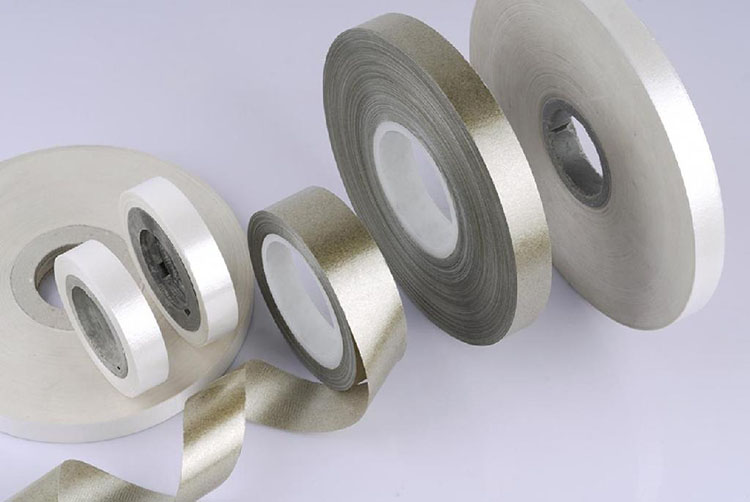
The unwinding process of the film slitting machine is mainly responsible for supporting and feeding the film material to be slitted into the slitting equipment. Since the film coil material is often very heavy, even up to several hundred kilograms, the unwinding mechanism must be strong enough to bear the weight of the parent coil, and cooperate precisely with the slitting and winding mechanism of the subsequent road. When designing the film slitting machine, the size and weight of the film material will be comprehensively considered, and the final unwinding form will be decided. Common unwinding methods mainly include the following:
The film slitting machine has shaft unwinding and shaftless unwinding
The shaft unwinding mechanism is a typical cost-effective unwinding rack that can handle a wide range of film roll widths and provides a high grip between the unwinding spool and the core. Unfortunately, large-diameter unwinding applications often require larger diameter mandrel and core sizes to accommodate the weight of the film roll. As a result, the slitter operator has to bear excessive roll weight before placing the roll in the unwinder. Nonetheless, the new lightweight carbon fiber shaft is another option that weighs less than half the weight of a solid steel or pneumatic mandrel without losing the load-bearing capacity.
The shaftless unwinding mechanism avoids the slitter operator from replacing the shaft and reduces the possibility of injury. Most shaftless unwinders are equipped with a lifting device to position the web before it is held in place by the unwinding chuck. With the increase in the cost of operator injury, more and more slitting machine manufacturers tend to adopt the shaftless unwinding method with integrated roller lifting equipment. In addition, the newly designed turret-type shaftless unwinding mechanism allows the rollers to be unwound while the new rolls are loaded into the frame, minimizing changeover time.
The film slitting machine is integrated unwinding and separating unwinding
The one-piece unwinding mechanism is a self-contained module mounted on the main frame of the film slitter and consists of wall panels on both sides, a connecting beam and two safety bearings for mounting the unwinding shaft. The unwinding frame can be moved laterally and left and right independently, the locking bolt can be opened, and it can be manually pushed to a suitable working position, and then it can be locked again. The hydraulic lifting mechanism can realize automatic unwinding. The integrated unwinding device design can be applied to the unwinding of film parent roll materials of various diameters.
The detachable unwinder is a self-contained module that is connected to the main frame of the film slitter by a walkable aisle. It consists of two wall panels, a fixed beam and two safety bearings to secure the unwinding circumference. The unwinding shaft is driven by an AC servo motor and is often cantilevered to simplify loading and unloading operations. The unwinding shaft speed can be automatically adjusted as the unwinding diameter of the film decreases. It is also possible to pick up the mother roll from the ground like a fork. The detachable unwinding device is suitable for unwinding larger diameter film coils.
Film slitting machine passive unwinding and active unwinding
Passive unwinders, also known as brake unwinders, utilize brakes on the unwinding rollers to create resistant torque and create tension in the film substrate. During the rotation of the slitter, due to the continuous change of the coil diameter, the unwinding brake should be compensated accordingly to maintain a constant material tension. When the diameter of the coil becomes smaller, the unwinding brake must gradually reduce the torque tension, which may cause the material to stretch or even break. The tension sensor transmits the detected tension signal to the PLC, and the PLC sends instructions to the tension amplifier after PID and comparative calculation, and then gradually reduces the input current to the magnetic particle brake to achieve the purpose of reducing the torque, so as to maintain the proper constant tension operation of the film. Generally speaking, this unwinding method is suitable for small film slitting machines with narrow and wide widths, but not for some materials that are sensitive to tension.
Driven unwinding, also known as active unwinding, is typically used for thin, easy-to-extend film materials. The main roll unwinding is driven by a motor and provides an unwinding solution for parent rolls of various roll diameters and weights. The unwinding frame must have sufficient stiffness, strength, and weight to prevent deformation and vibration. In addition, a tension control device should be built into the unwinding system, the tension of the film is controlled by the dancing roller located behind the unwinding station, and the position of the dancing roller should be in the middle of its preset range when the film slitter is running. The potentiometer will always monitor the position of the dancing roller, and once it is found that the dancing roller is in a position other than the midrange, the speed of the unwinding drive motor will receive the feedback signal from the dancing roller and adjust it to ensure that the dancing roller is correctly positioned. The tension on the material and the loading force on the dance roller are the same.
The film slitting machine should combine the material characteristics, thickness, width, mother roller size, weight and other factors, and adopt the appropriate film unwinding method. Delishi Machinery can provide the best unwinding scheme for the slitting machine and rewinder according to specific requirements.
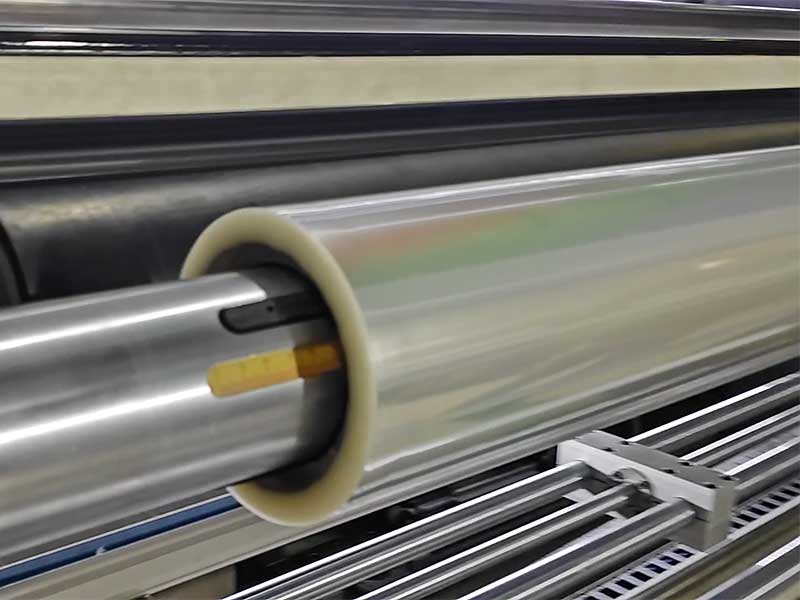
The intelligent control design of the new generation of film slitting machine represents the transformation of industrial equipment from "tool" to "partner".
20. December, 2025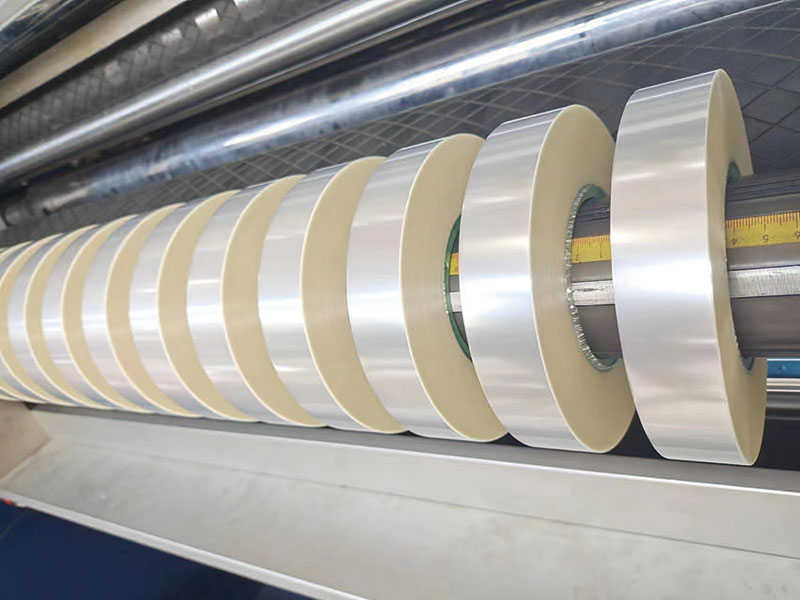
Achieving continuous 1,000 hours of trouble-free operation requires not only systematic technical upgrades, but also all-round innovation from design concept to maintenance strategy.
20. December, 2025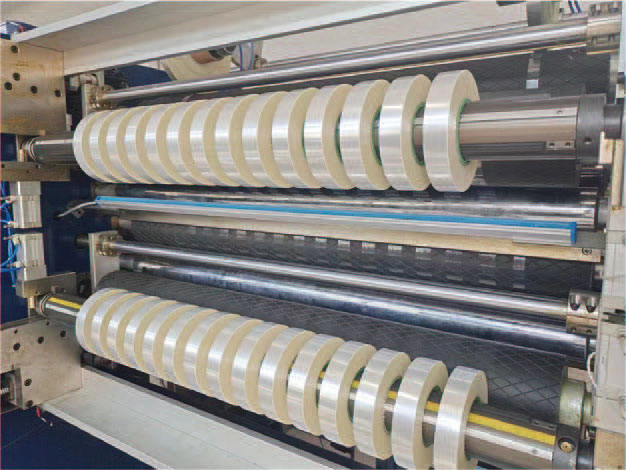
In the face of a dazzling array of models on the market, how to make informed decisions when purchasing?
20. December, 2025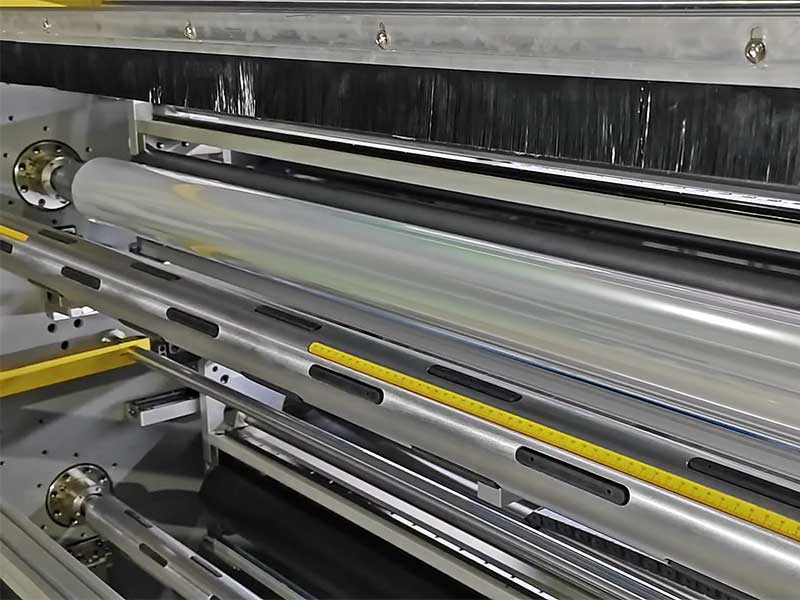
These film materials need to be precisely cut into different widths during the production process to meet the needs of various models and components.
10. December, 2025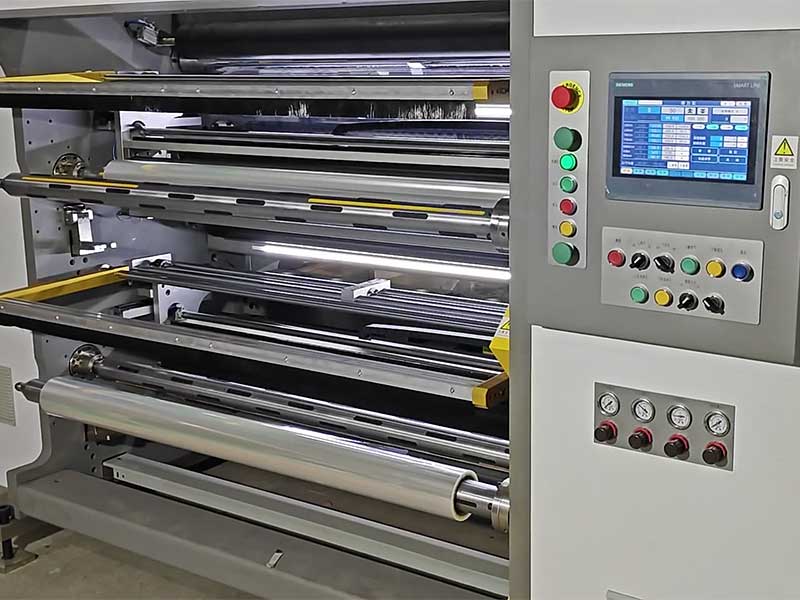
The automotive film slitting machine, an increasingly intelligent "cutting knife", is accurately cutting out redundant costs, inefficient processes and backward production methods.
10. December, 2025